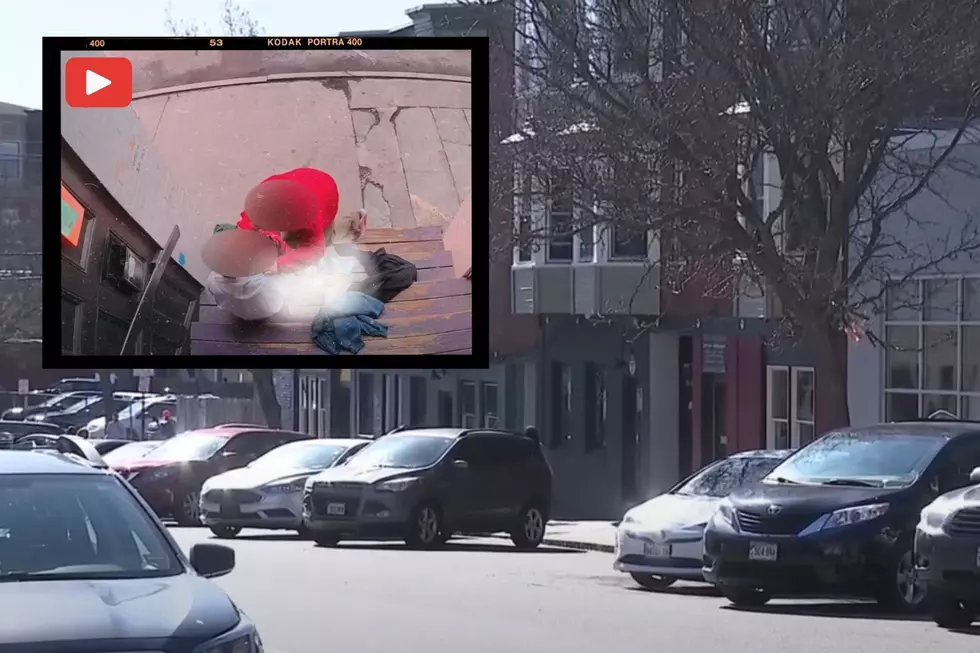
Maine Smartphones Will Begin Receiving Alerts About Severe Storms
Over the last few years, government organizations, both in Maine and around the nation, have started using the cellphone network to send out critical information. The system is called Wireless Emergency Alerts. Basically, they are like the 21st century version of the Emergency Broadcast System (now known as the Emergency Alert System) that radio and TV stations use. So far, in Maine at least, it has mostly been used for Amber Alerts. Occasionally, it has been used to alert people about severe winter weather or tornadoes (a rare occurrence here in Maine).
According to WGME, starting this summer, the National Weather Service will begin using the system to warn Mainers, and those who are visiting our state, about impending severe thunderstorms
They will only send out alerts for storms that could cause harm to people caught in the open. And, as the system can target certain areas, only those who are in affected areas will get the text messages. That way, those not in the affected areas, will not get bombarded with useless messages.
What are Wireless Emergency Alerts?
They are messages sent out by the National Weather Service, law enforcement agencies, and the federal government. You'll know you have received one when your phone makes a abnormal sound (sometimes it sounds like the old EBS attention tone) and it vibrates.
According to Weather.gov:
The WEA message will typically show the type and time of the alert, any action you should take, and the agency issuing the alert. The length and language of the message received on a particular device will be dependent on the wireless network and the language setting of the device. Messages will be up to 360 characters on 4G LTE networks and beyond. WEA message length will be a maximum of 90 characters on 3G and earlier networks
What do Wireless Emergency Alerts look like?
Basically, they look like a text message. They do, however, look slightly different on older (3G) phones.
Weather.gov has the following examples:
Weather alert: National Weather Service: An EXTREME WIND WARNING is in effect for this area for the immediate danger of life-threatening winds til 11:35PM EDT. Take cover NOW in an interior room of a sturdy building, away from windows. Protect your head from flying debris. Do NOT go out in the calm of the hurricane eye! Winds will quickly become dangerous again.
3G Weather alert: NWS: EXTREME WIND WARNING this area til 11:35PM EDT. Take shelter now.
What do I do to get the messages?
There is a good chance that your phone is already to receive the messages. If your phone is on the cellphone network, it will get the messages. However, it is possible to disable most of the alerts. The only one you cannot turn off are the "Presidential Alerts" that would be sent out if there were some kind of national crisis. You can find out how to see if your phone as those messages disabled HERE
In the fall of 2018, there was a test of the national system. Hopefully, much like the do with the EAS, we'll start seeing them occasionally test the system. That way, people will have an idea of what the very unique tone for the WEA messages sounds like.
Inside Amazon: A Detailed History of America's Biggest Online Retailer
More From 92 Moose







